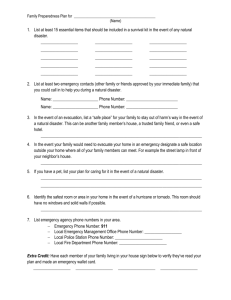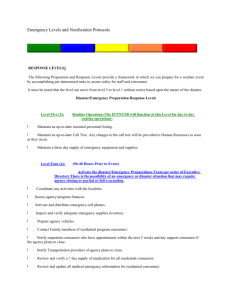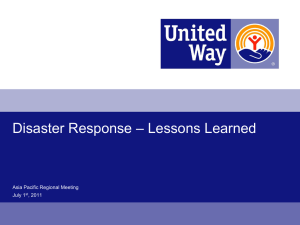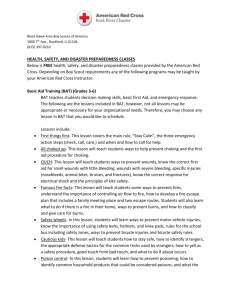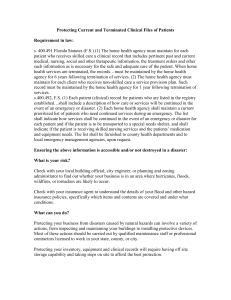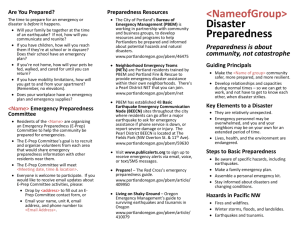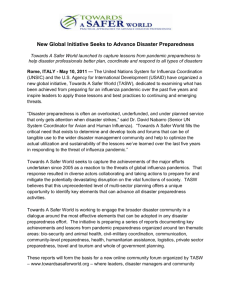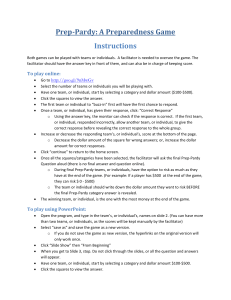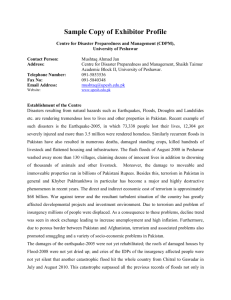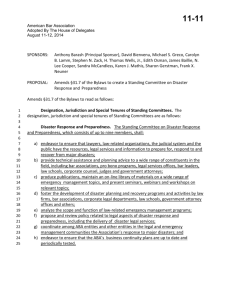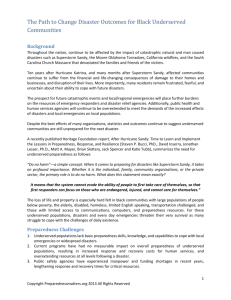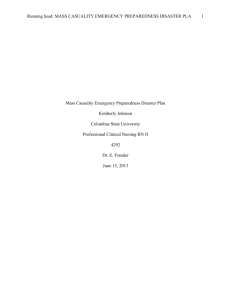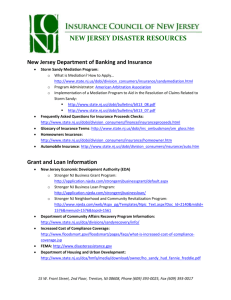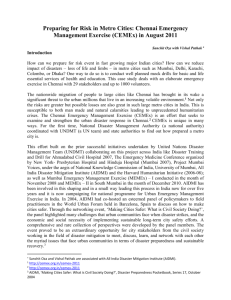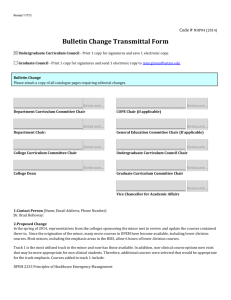Facilitator`s Notes - Brookings Institution
advertisement
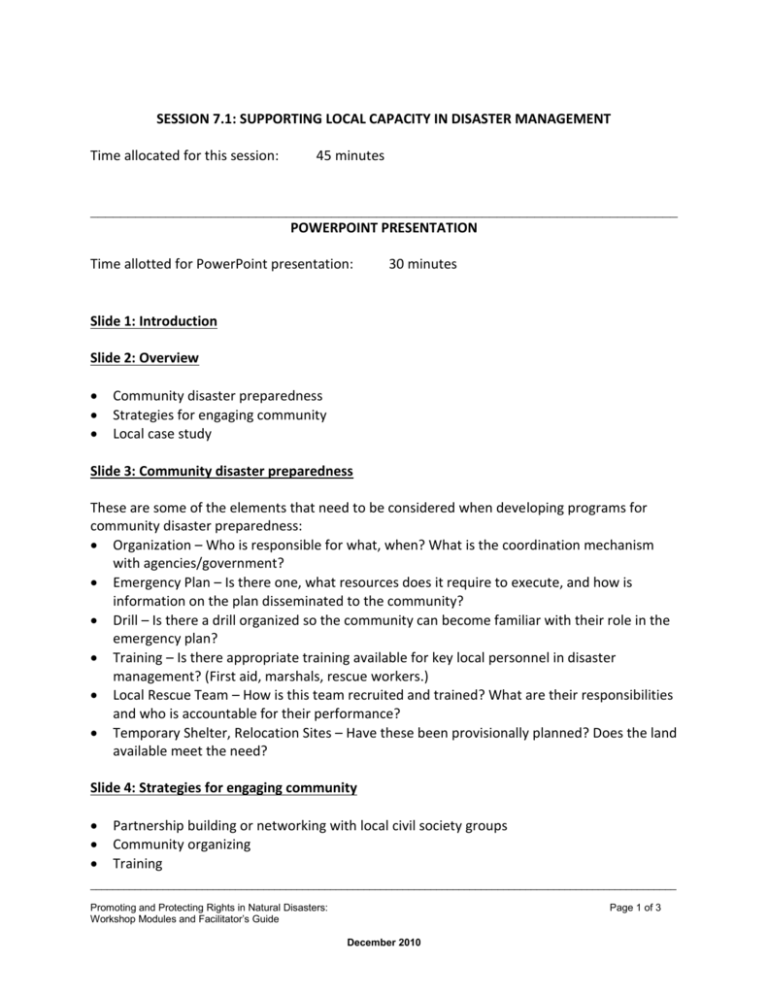
SESSION 7.1: SUPPORTING LOCAL CAPACITY IN DISASTER MANAGEMENT Time allocated for this session: 45 minutes ______________________________________________________________________________ POWERPOINT PRESENTATION Time allotted for PowerPoint presentation: 30 minutes Slide 1: Introduction Slide 2: Overview Community disaster preparedness Strategies for engaging community Local case study Slide 3: Community disaster preparedness These are some of the elements that need to be considered when developing programs for community disaster preparedness: Organization – Who is responsible for what, when? What is the coordination mechanism with agencies/government? Emergency Plan – Is there one, what resources does it require to execute, and how is information on the plan disseminated to the community? Drill – Is there a drill organized so the community can become familiar with their role in the emergency plan? Training – Is there appropriate training available for key local personnel in disaster management? (First aid, marshals, rescue workers.) Local Rescue Team – How is this team recruited and trained? What are their responsibilities and who is accountable for their performance? Temporary Shelter, Relocation Sites – Have these been provisionally planned? Does the land available meet the need? Slide 4: Strategies for engaging community Partnership building or networking with local civil society groups Community organizing Training _________________________________________________________________________________________________________ Promoting and Protecting Rights in Natural Disasters: Workshop Modules and Facilitator’s Guide Page 1 of 3 December 2010 Advocacy Slide 5: Encourage community participation • • • • • • • Explain institutional responsibilities Information sharing Appropriate technology Use local language and incorporate local culture Involvement of all stakeholders Capacity building at all levels Regional & global support: Although community participation is key to effective risk management before, during, and after natural events, some important activities cannot be carried out at the local level. Taking a national perspective can generate greater efficiency and economies of scale. The types of activities to be carried out at the national level include technical analyses, emergency warning, and coordination of risk management initiatives. Slide 6: Promote local leaders In the first hours, and often days, local response is the only response available. The better local resources are trained and leadership structures are in place the more effective early response measures will be on the local level. There are many ways to improve local disaster response: one of them is to train local leaders so they can take a leading role in the disaster response. To reach all of the population, information, education and communication materials should be available in local languages. Slide 7: Form neighborhood committees Neighborhood or village committees can play an important role in both disaster preparedness and disaster mitigation. Local governments should be encouraged to set up neighborhood or village committees to foster discussion on issues such as: • Disaster preparedness – Early warning – Evacuation – First aid • Disaster mitigation – Livelihood committee – Shelter committee – WASH committee _________________________________________________________________________________________________________ Promoting and Protecting Rights in Natural Disasters: Workshop Modules and Facilitator’s Guide Page 2 of 3 December 2010 Slide 8: Local case study This slide is blank to allow the facilitator to invite a local resource person to present a case study of an example of local capacity in disaster response/preparedness ______________________________________________________________________ PLENARY DISCUSSION AND Q & A Time allotted for Plenary Discussion: 15 minutes ______________________________________________________________________________ _________________________________________________________________________________________________________ Promoting and Protecting Rights in Natural Disasters: Workshop Modules and Facilitator’s Guide Page 3 of 3 December 2010



